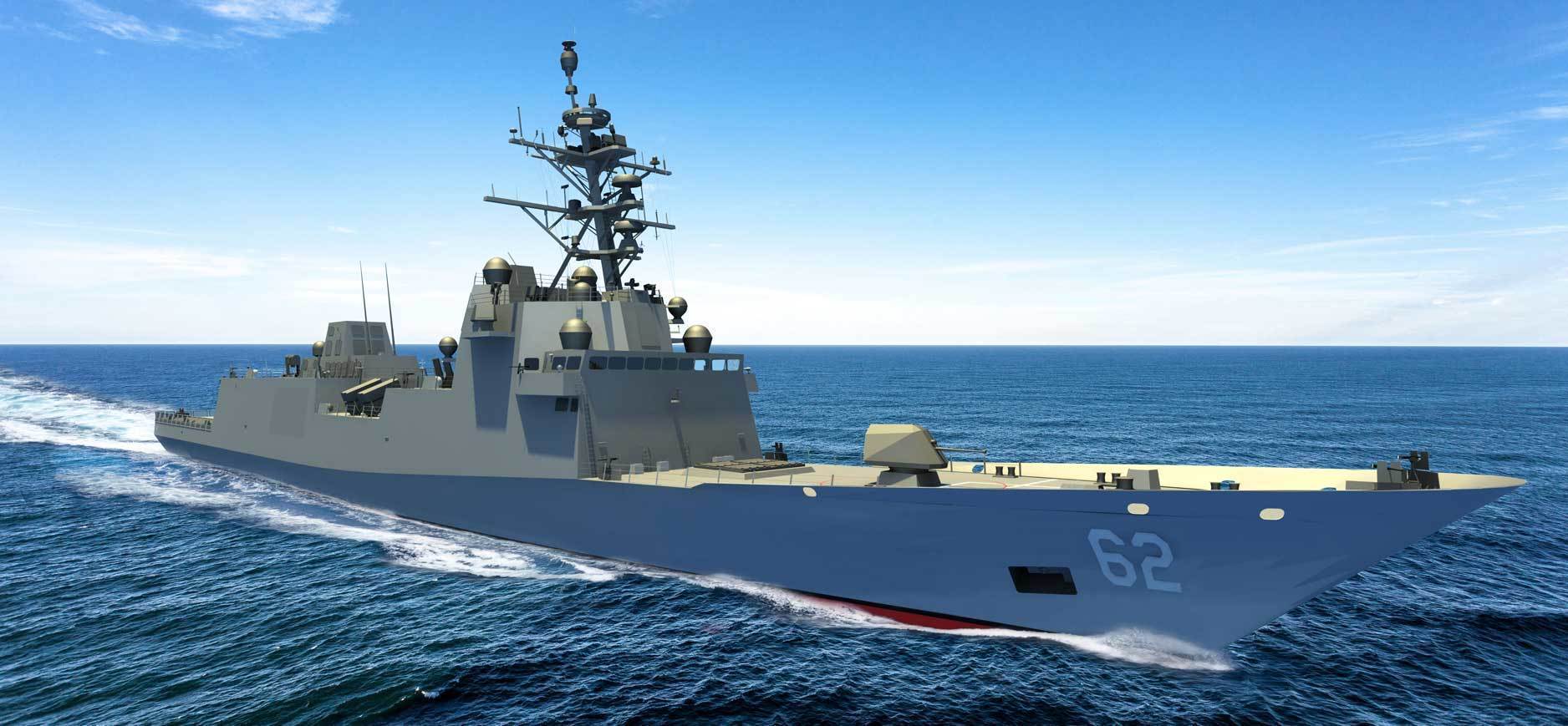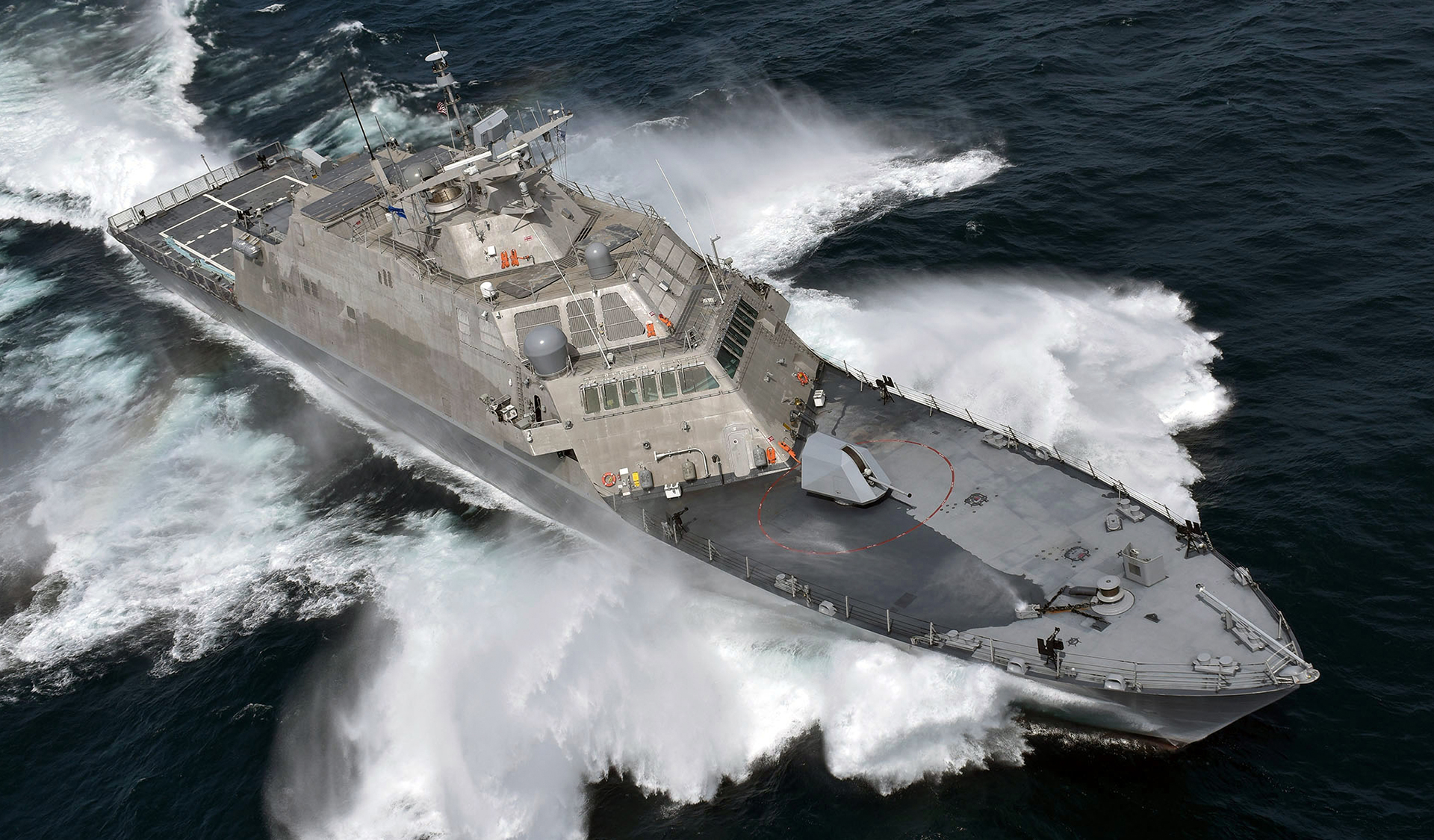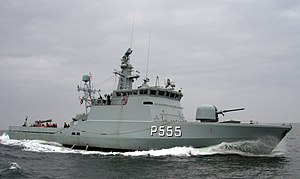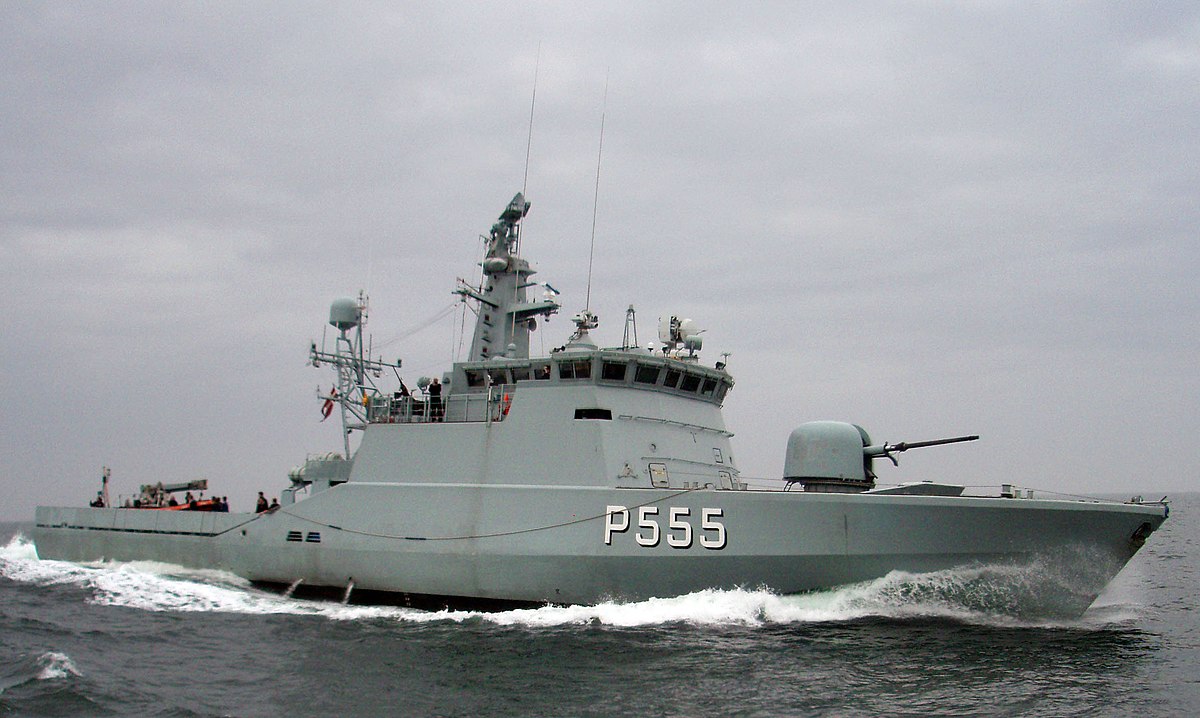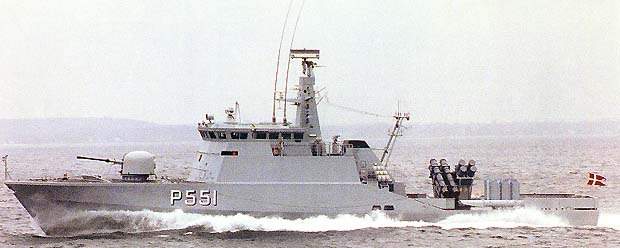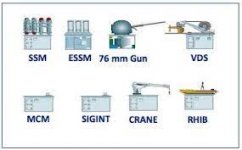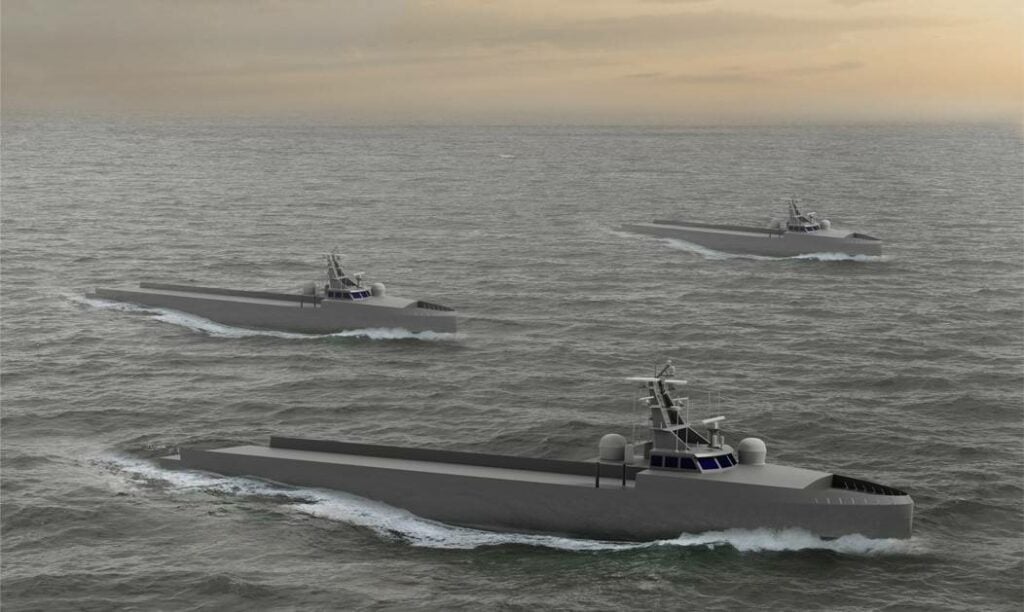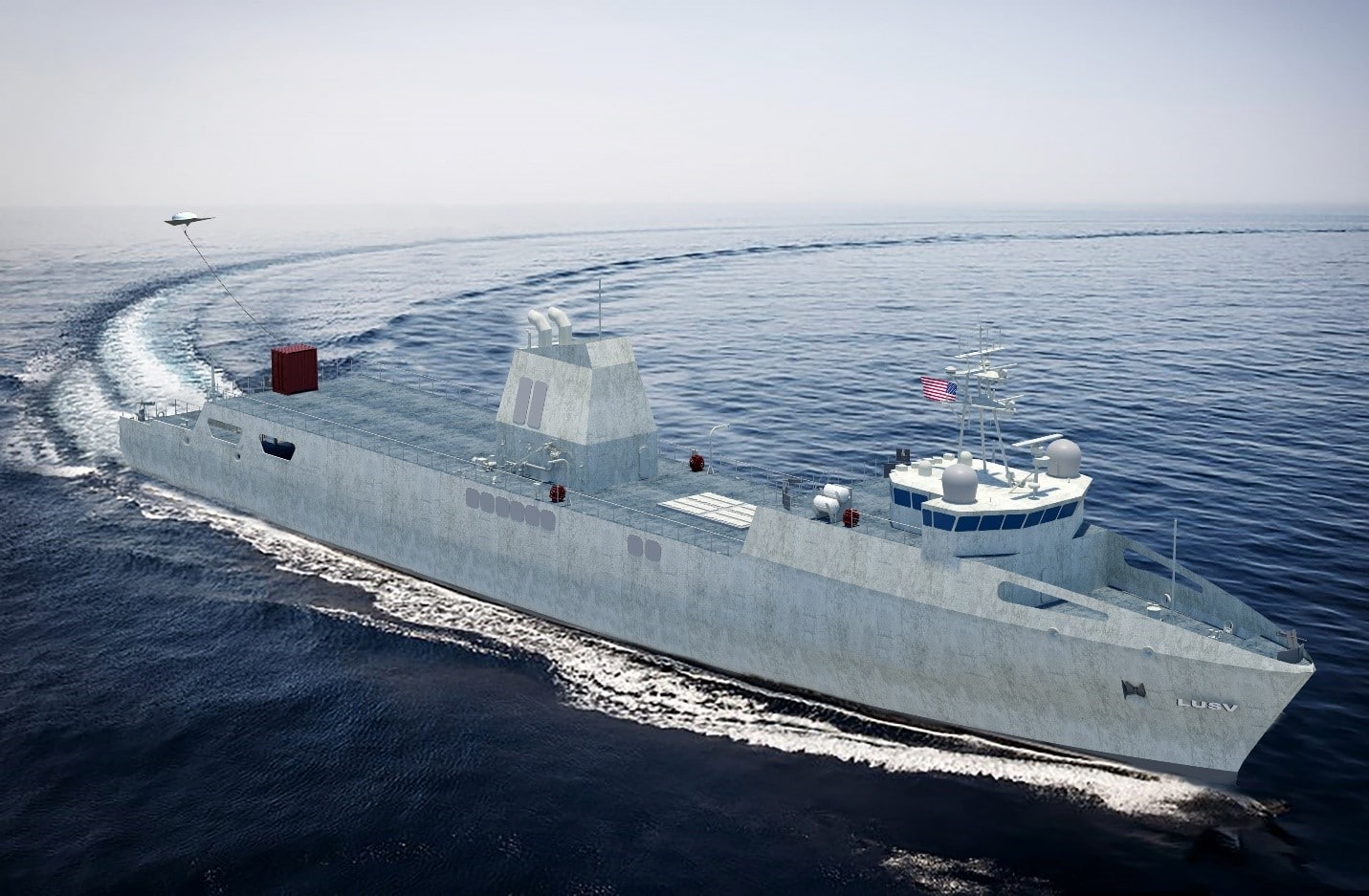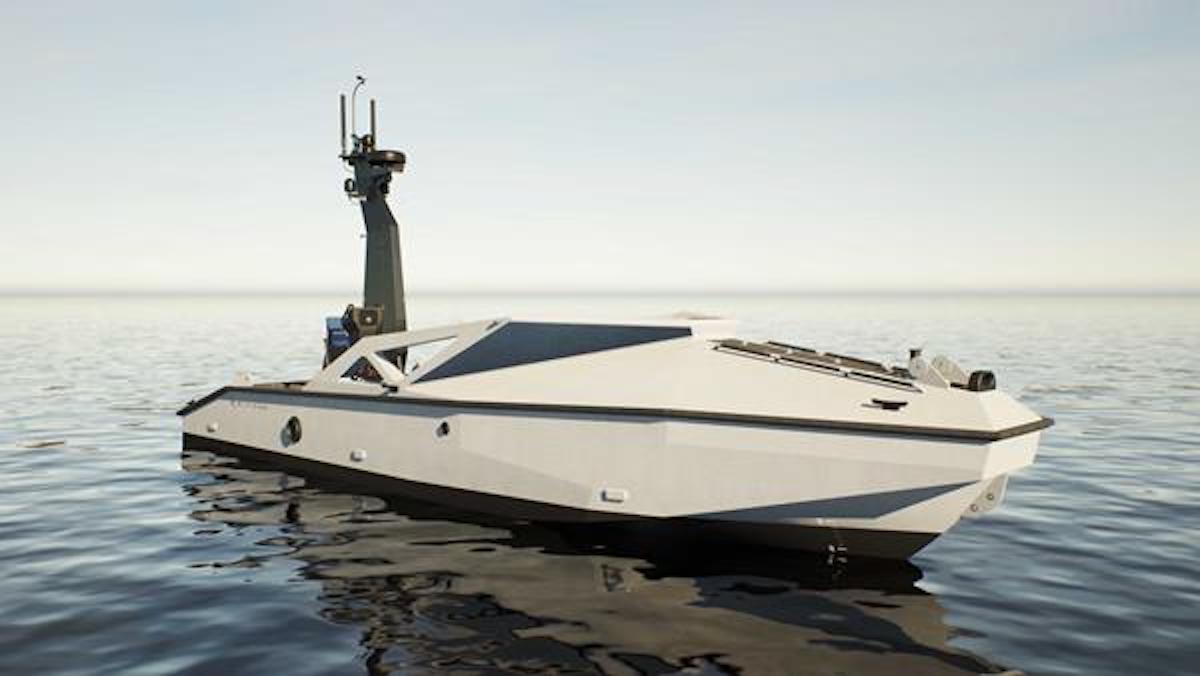Rather have the 127mm. Such an amazing and useful weapon, that is inexpensive and can be used for various jobs.
Right tool for the right job. 127mm shell weighs ~31kg. Prefragmented round has ~3.7kg of explosives in it. The kill radius for that is somewhere around 50-60m (80m for a 155 I couldn't find a reference so extrapolated backwards to 105mm radius of 30m). What's the kill radius of a javelin?
A 127mm has much longer range, is artillery so does the artillery job, rounds are cheaper and can get the gold standard of 5 round simultaneous impact. Also an 127/64 LW can fire 32 rounds a minute. When Charlottetown was off Libya they would have loved to have that gun. Missiles just don't cut it much of the time.
127mm is used for Anti surface warfare being able to engage targets beyond the horizon should that be required. It can be used in AAD as well.
For support to forces ashore, it's hard to beat a 127mm.
Underway:
I'm not disagreeing with the selection and the fit of the CSCs. I look forwards to hearing that you are finally taking delivery of them.
My point was to the general utility of the putting a close support weapon on a high value asset. Just me stirring the pot as usual.

It also kind of relates to the "24-32 VLS cells" discussion that seems to be unresolved at this time.
As well D&B and I have been having a debate about whether the USMC is being wise to ditch their tanks and howitzers and rely on the USN for Fire Support. He would rather have a large number of tanks and howitzers on shore with him.
It also relates to:
the question of the AOPS and its 25mm versus the 57mm used on the CPFs;
the LCS ships (often derided (unfairly in my view) as under armed);
the use of the 57mm on the original AOPS model, the Svalbard and most of the Scandinavian littoral fleets
the entire STANFLEX concept (which seems to be less of a technical debate and more of a cultural one)
Finally there are elements of the Unmanned Vessel debate to be had.
I'm pretty sure that this was an administrative move of a StanFlex 76mm and I have no knowledge if the weapon was ever fired from the platform or was even considered for that.
But
It did churn my last grey cells and get me to wondering what it would take to put a 76mm Vulcano onto a micro platform and employ it. How big does a small USV have to be before it can mount and fire a 76mm gun? Or a 127mm one?
Then D&B and his marines might have a Close Support capability to replace the missing tanks, howitzers and attack helicopters. The USVs would have the advantage of keeping billion dollar ships away from the shore while supplying Close Support up to 100 km inland - a range that is likely to overshoot many Pacific Islands. And unlike tanks and howitzers, doesn't need to get ashore.
An unmanned recreation of the bombards and monitors?
Bomb vessels served in the Royal Navy over a period of about 150 years. The concept entered the
Navy in the 1680s, based on French designs and usage, and remained in service until the mid-19th century.
[1] Bomb vessels were designed to bombard enemy positions on land, such as towns and fortresses. For this they were fitted with one or two mortars that could fire high-trajectory shells over considerable distances.
[1] They were fleet support units, and as such were not intended to engage enemy ships directly except in self-defence, and so received only light conventional armament.
[1] They could also carry explosive shells in addition to regular shot, and were the only ships in the navy so equipped.
[1
HMS Marshal Ney used a surplus 15-inch gun battleship turret.
A
monitor was a relatively small
warship which was neither fast nor strongly armored but carried disproportionately large guns. They were used by some navies from the 1860s, during the
First World War and with limited use in the
Second World War. During the
Vietnam War they were used by the
United States Navy.
[1] The Brazilian Navy's
Parnaíba is the last monitor in service.
The original monitor was designed in 1861 by
John Ericsson, who named it
USS Monitor. They were designed for shallow waters and served as coastal ships
